There’s something about old trucks that makes them perfect candidates for electric conversions. They’ve already got the space for batteries, the kind of rugged simplicity that welcomes a drivetrain swap, and a presence on the road that newer models just can’t touch. You keep the vintage charm, but ditch the carb rebuilds, fuel leaks, and noisy cold starts.
These ten trucks have all the bones for a great EV build. Some are long-time farmhands, others were once showroom stars—but every one of them could take on a second life with electric power under the hood.
1967–1972 Chevrolet C10
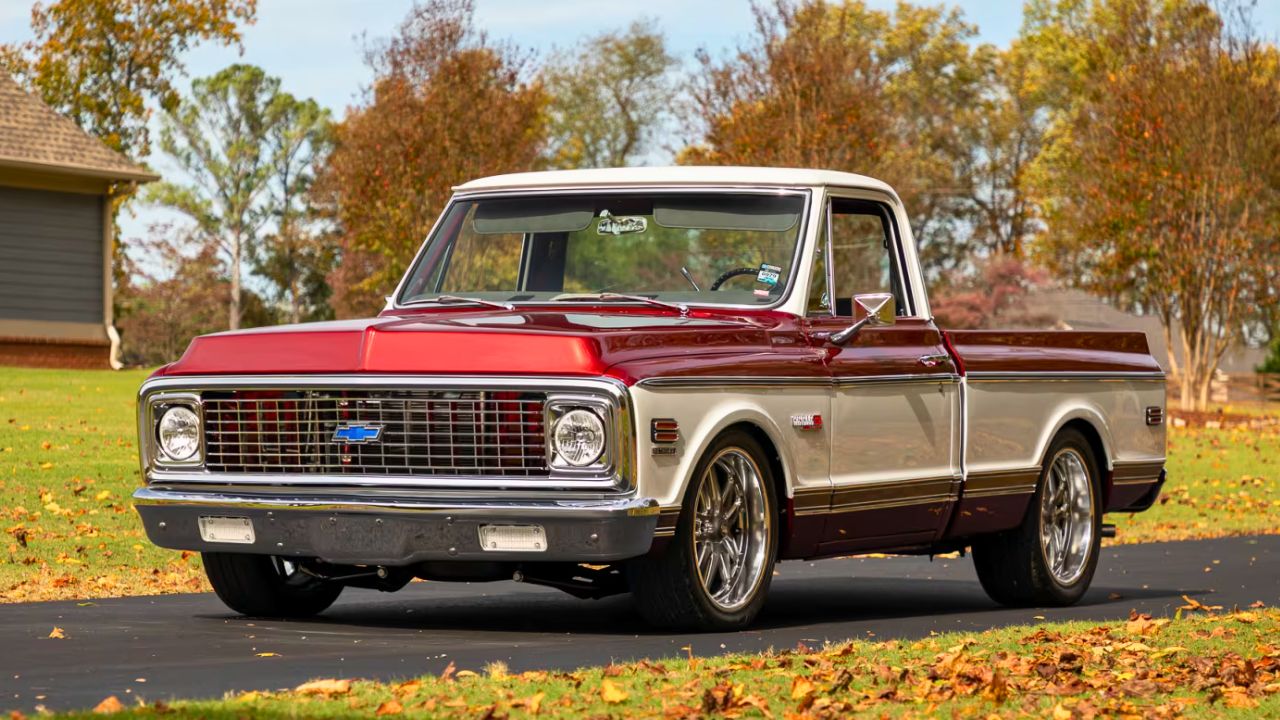
The ‘67–‘72 C10 is already a go-to platform for resto-mods, and swapping in an EV drivetrain feels like a natural next step. It’s got a solid ladder frame, rear coil-spring suspension, and enough room under the bed for a decent battery pack. Most were optioned with small-block V8s, which makes motor replacement straightforward.
Inside, the cab is wide open and simple—easy to modernize without clashing with its retro charm. Throw in rack-and-pinion steering and front disc brakes from a later model, and you’ve got a smooth, quiet cruiser that keeps its original vibe without the old mechanical fuss.
1948–1952 Ford F1
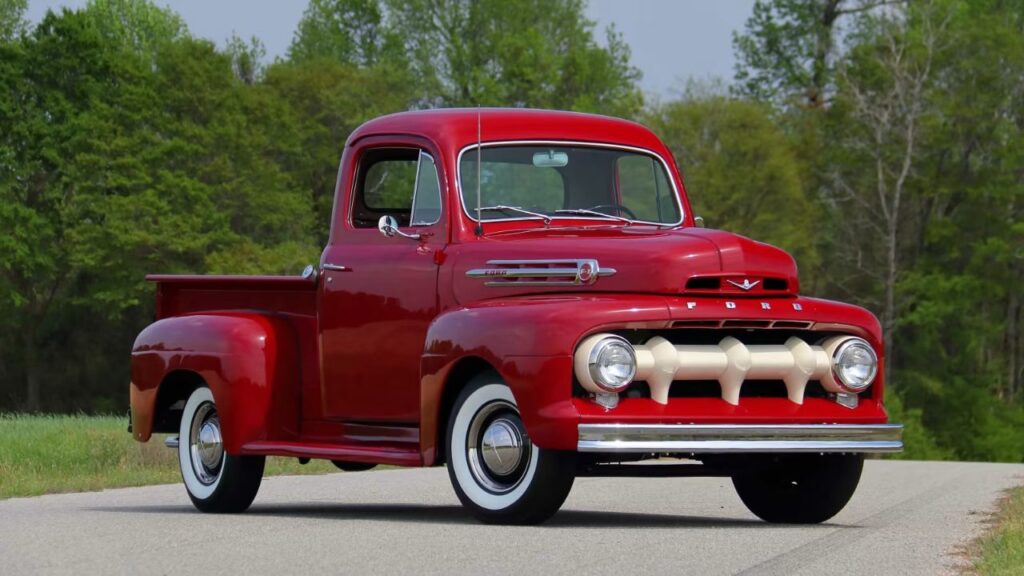
The first-gen F-Series trucks have timeless style, and their flathead V8s—though charming—aren’t doing many favors in modern traffic. Swapping in an electric motor keeps the character but ditches the oil leaks and sputters. The short wheelbase makes it city-friendly, and there’s more room under the hood than you’d expect.
The front axle and leaf-spring setup might need some work to handle the extra battery weight and modern ride quality, but that’s part of the fun. With the right suspension upgrades and disc brakes, the F1 becomes an ideal around-town EV with a ton of personality.
1973–1979 Dodge D100
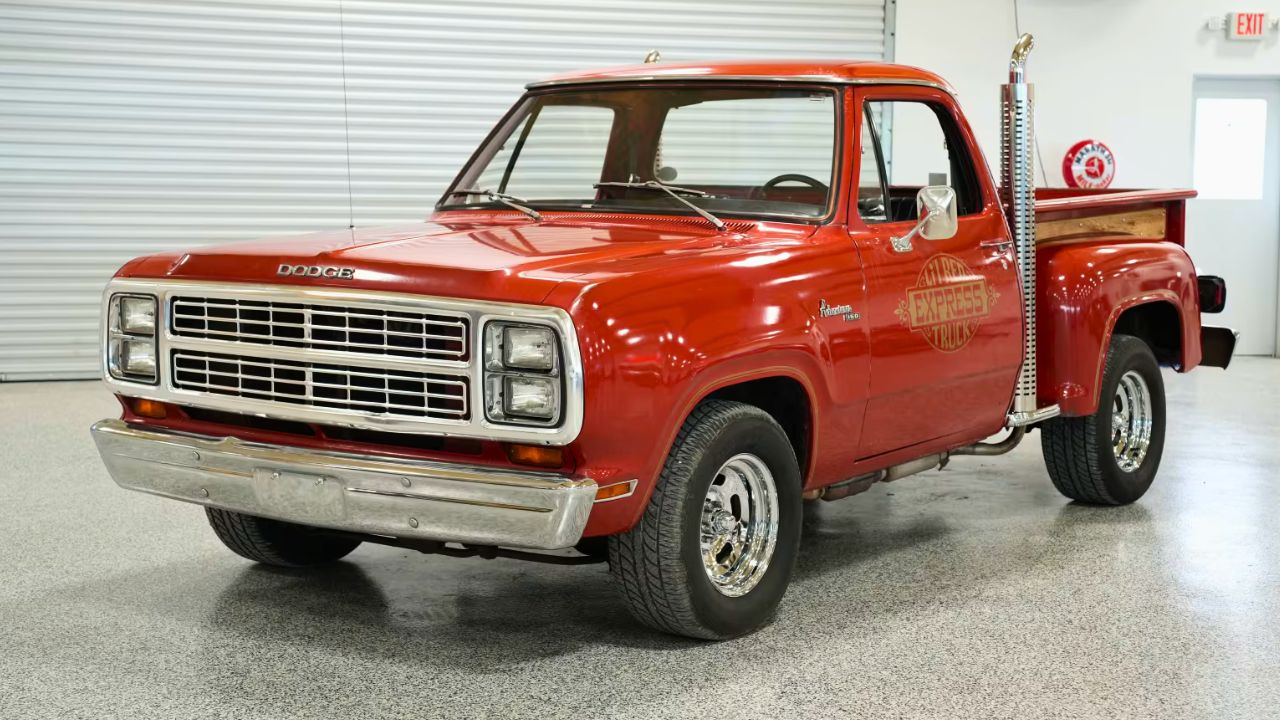
These square-body Dodges don’t get as much attention as their GM and Ford counterparts, but they’ve got serious EV conversion potential. The engine bay is wide and open, whether you’re starting with a Slant-6 or a 318. With a leaf-spring rear and solid frame, they’re built to handle load—which helps when you’re adding batteries.
The interior is pure ‘70s truck—simple gauges, wide bench seats, and not much else. That makes it easy to modernize without stepping on its original character. A converted D100 wouldn’t just be different—it’d be a sleeper in more ways than one.
1955–1959 Chevrolet Task Force
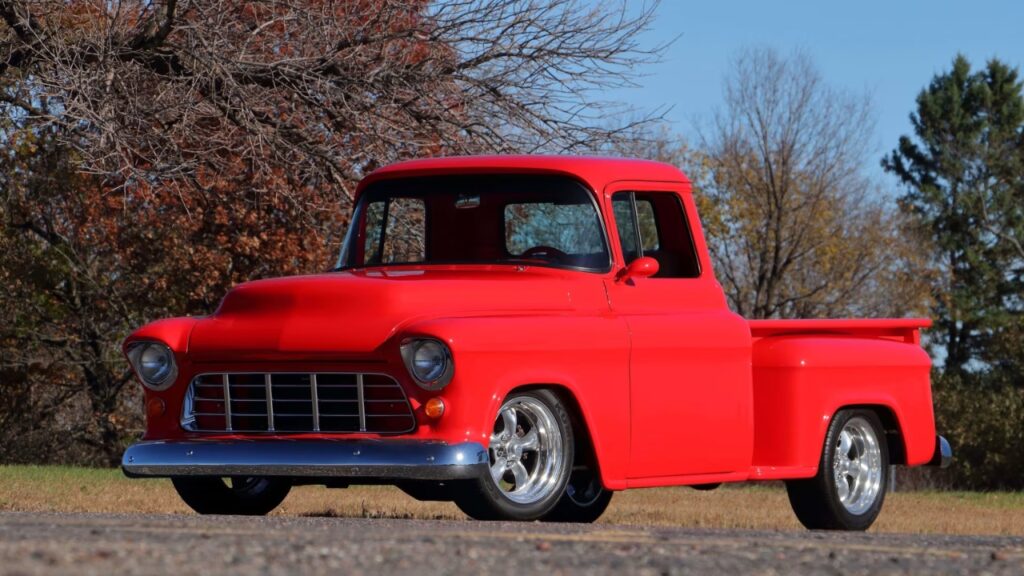
The Task Force series blends 1950s curves with a more usable cabin and bed layout than the earlier Advance Design trucks. Whether you go with a 3100 or 3600, there’s plenty of steel to work with, and the frame can handle the weight of a full EV conversion. The big front wheel wells and generous engine bay are a bonus for motor placement.
Swapping out the front suspension for an IFS setup modernizes the ride, and the cab is basic enough to cleanly integrate digital gauges or a battery monitor. The wraparound windshield and stepside bed seal the deal—classic looks, future-ready drive.
1961–1966 Ford F-100
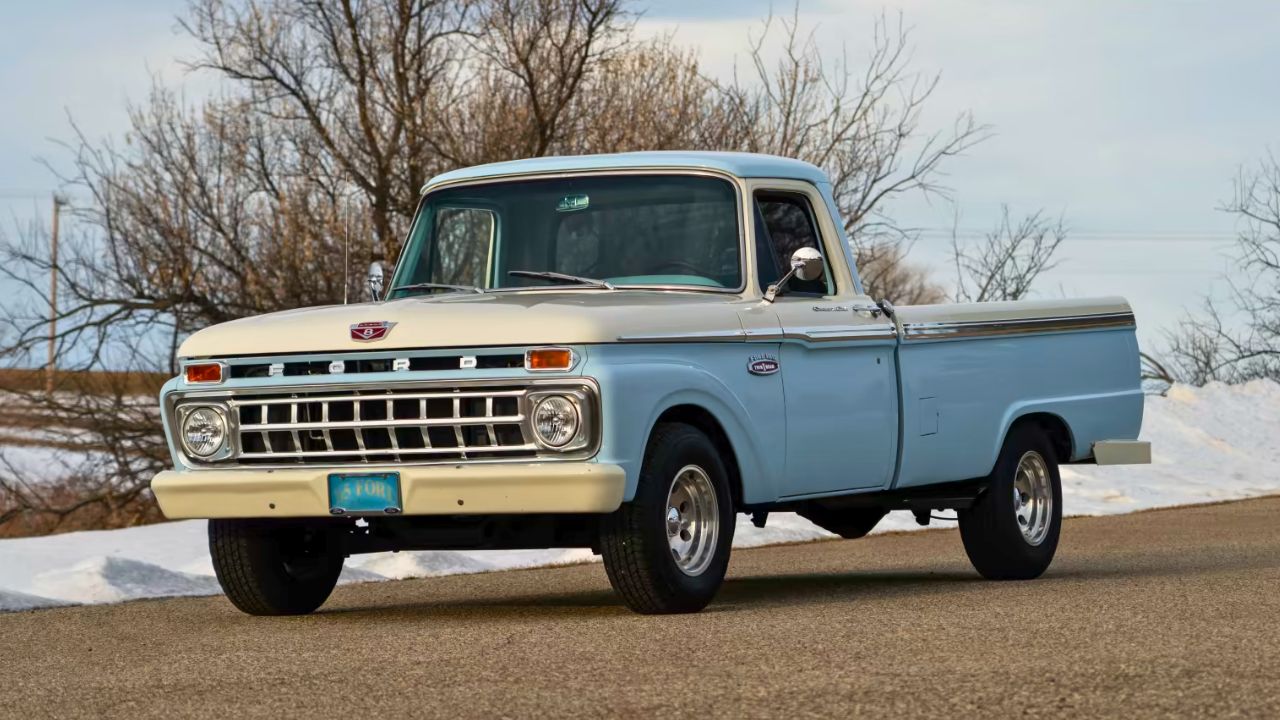
These F-100s are known for their clean lines and that signature twin I-beam front suspension. While the original ride can feel stiff, it’s easy to upgrade for a smoother EV setup. There’s enough room under the long hood for a compact motor, and the rear leaf springs can carry battery weight without much drama.
Inside, the dash has a lot of flat metal—perfect for subtle digital add-ons without ruining the vintage feel. These trucks already turn heads, and with an electric swap, you’ll still get the charm without the smell of burnt oil or old fuel.
1973–1987 Chevrolet C30 Dually
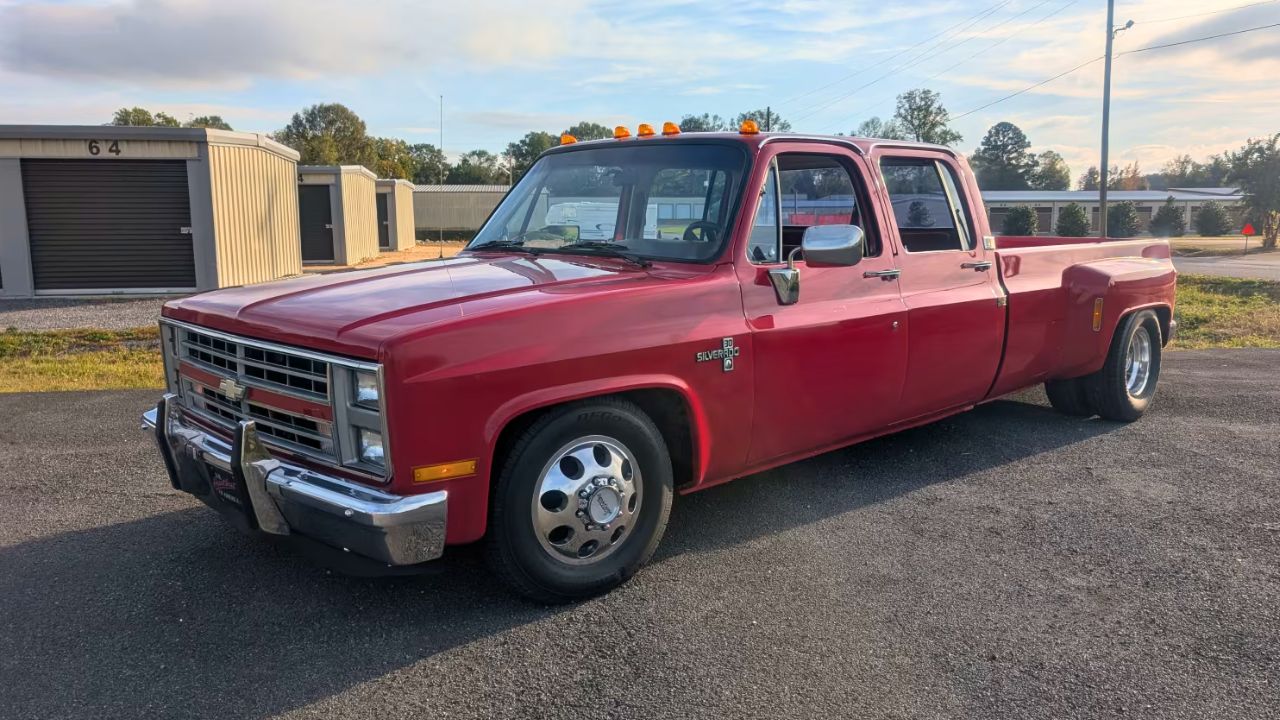
If you’re aiming for an EV swap with serious torque, the square-body C30 is up to the task. Originally built to tow and haul, this truck’s one-ton chassis can handle the added battery weight with minimal fuss. The dual rear wheels give you traction, and the long wheelbase offers tons of room for battery modules.
The cabin is classic GM—flat dash, bench seat, and simple gauge cluster. Swapping to an EV drivetrain doesn’t just modernize performance—it makes long hauls quieter and maintenance simpler. Bonus: that big body has plenty of aerodynamic room to hide charging ports or cooling vents.
1947–1955 GMC New Design
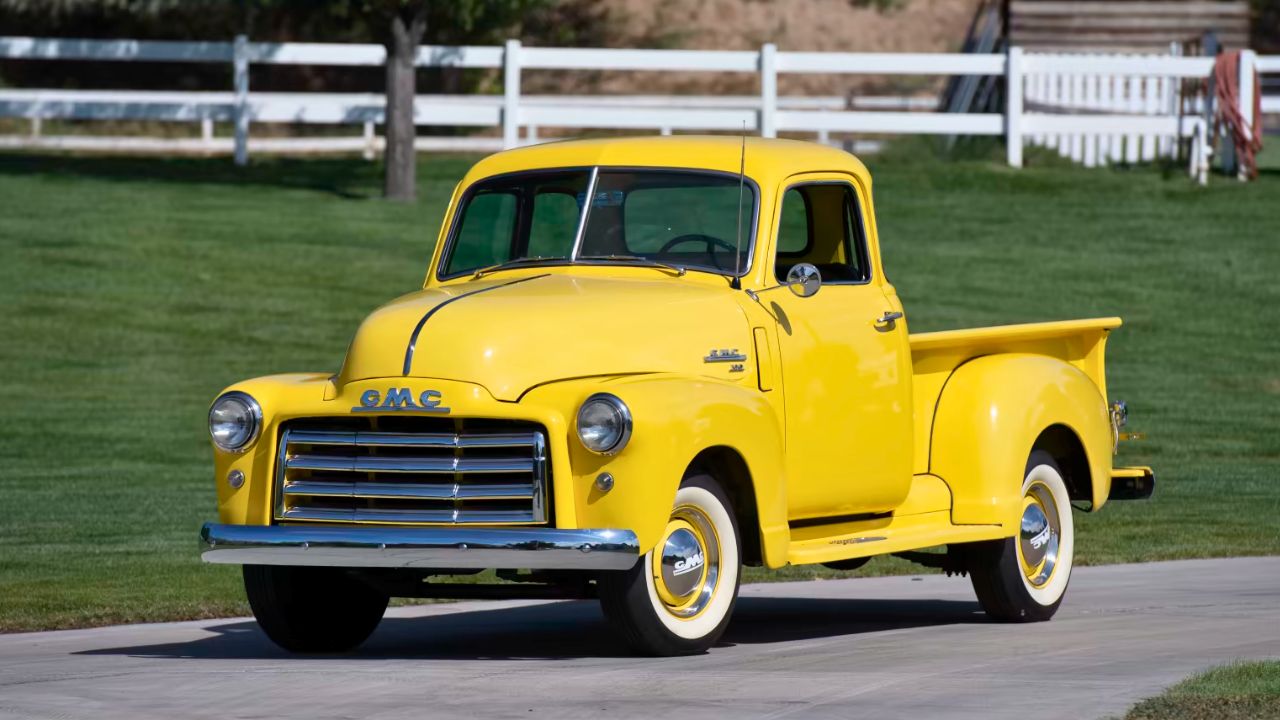
Often overshadowed by Chevy’s Advance Design, the GMC New Design shares the same basic architecture but with a few trim and grille differences. It came standard with a beefier inline-six and slightly heavier-duty specs, which makes it a solid EV foundation. The body is simple, sturdy, and has that old-school upright look that never really aged.
The engine bay is deep, and the frame rails give you some flexibility for battery layout. Inside, it’s as bare-bones as it gets—ideal for customizing gauges and controls without having to work around too many factory electronics or plastics.
1981–1987 Dodge Ram (D-Series)
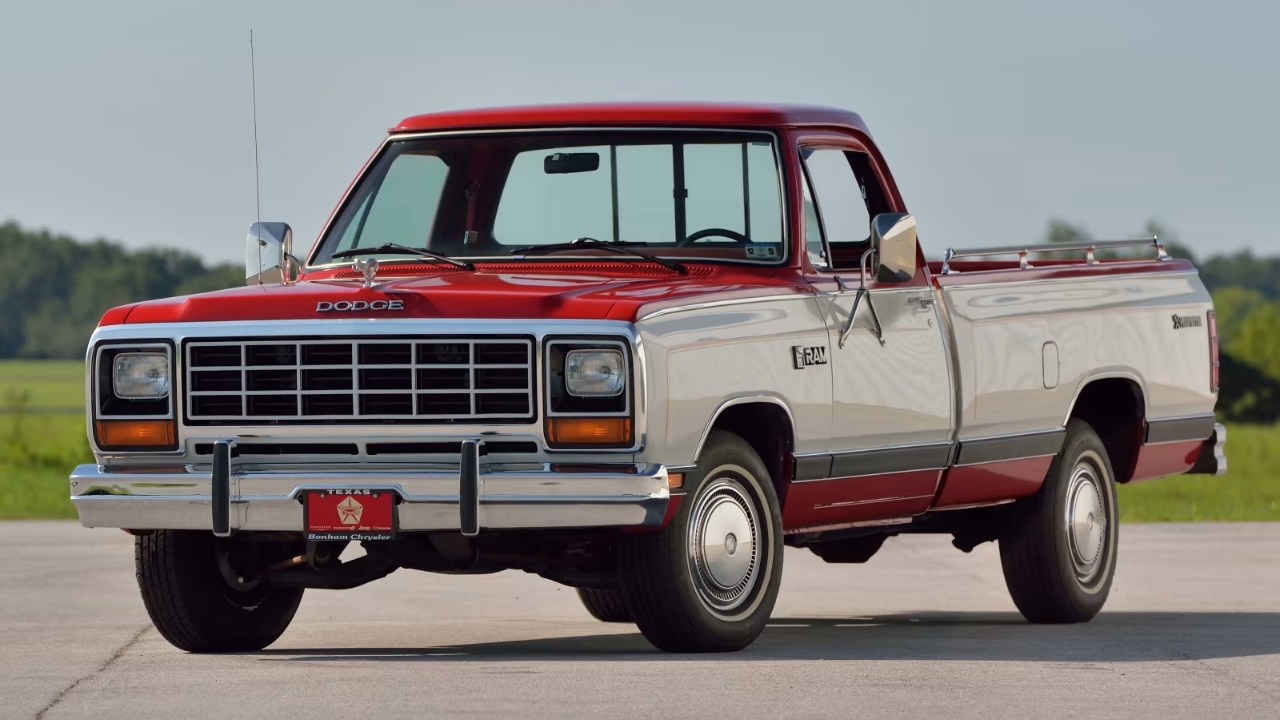
Right before the Ram name took over, Dodge’s D-Series trucks had a blocky, work-ready look and simple mechanicals. Swapping out a tired 318 or 360 V8 for an electric setup keeps the original torque but gets rid of the emissions and tuning headaches. These trucks were overbuilt, with solid axles and leaf springs ready to support a modern battery pack.
The interior is wide open, with basic gauges and controls—easy to modernize without losing the truck’s original character. With the right swap, this thing could be a silent hauler that still looks like it belongs on a construction site.
1960–1966 Chevrolet C20
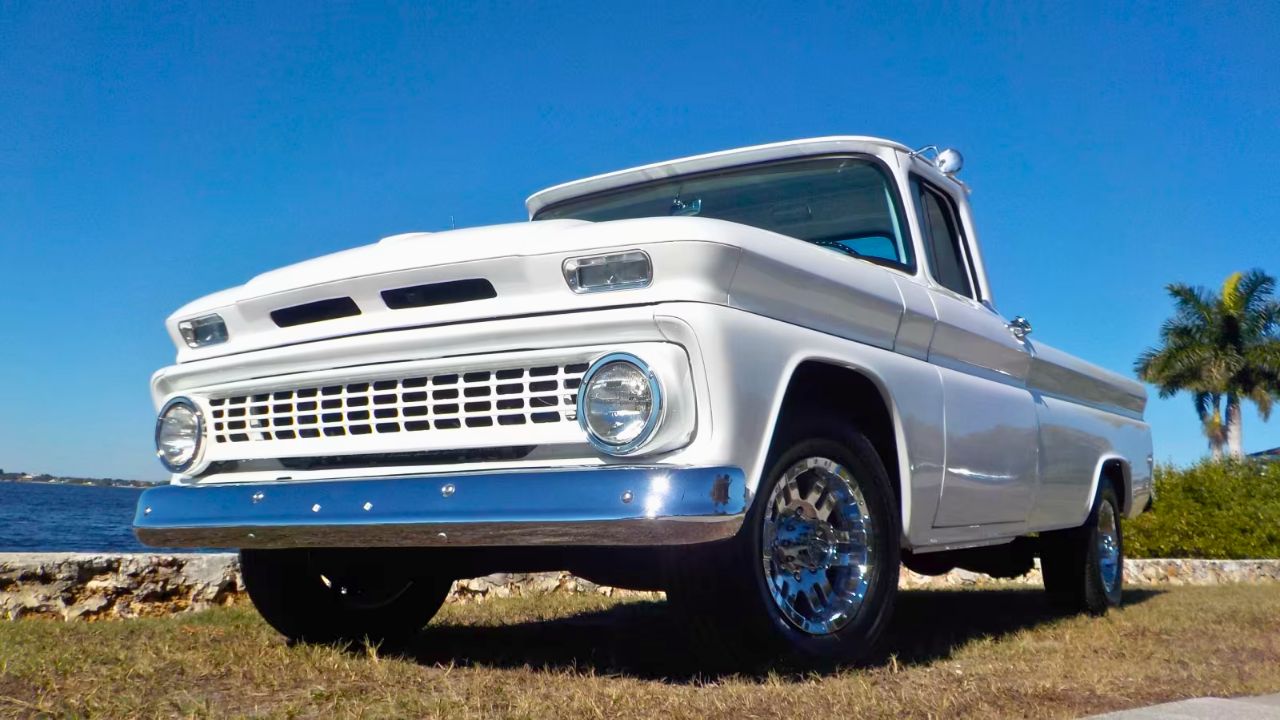
The C20’s longer wheelbase and heavier-duty suspension make it one of the most practical classic trucks to convert. These rigs were often used as campers or work trucks, so they’re built to carry weight—and that makes battery placement a lot easier. Coil springs up front and leafs in the rear give you a solid but modifiable ride.
The cab has a squared-off, industrial look that holds up well today. It’s got room for modern displays, and the simplicity means fewer complications during the swap. With a clean conversion, a C20 can cruise like a modern truck without losing its original work-truck attitude.
1956 Ford F-250
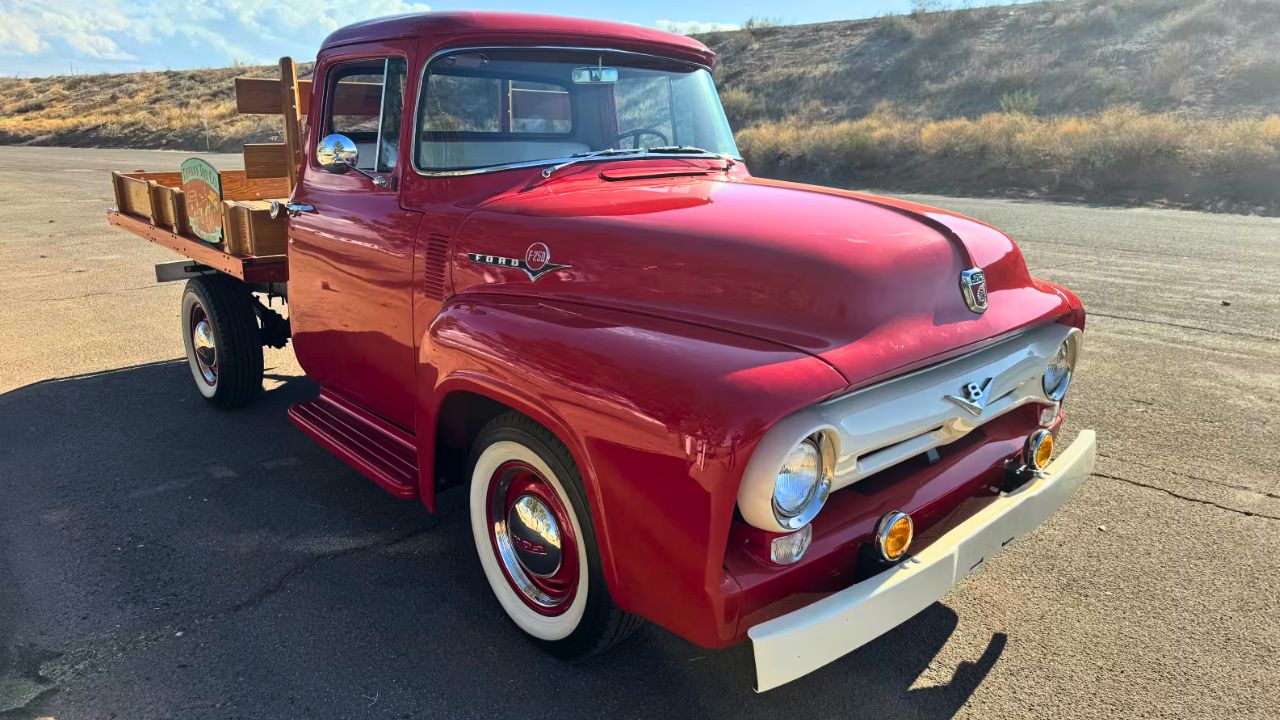
The one-year-only design of the ’56 F-250 makes it a head-turner before you even pop the hood. Originally built with heavy-duty tasks in mind, the F-250 chassis is stiff enough to carry a full EV setup without much modification. The longer bed and sturdy rear axle work in your favor for battery layout and weight balance.
The wraparound rear window was a rare option and adds to its charm. Inside, it’s all steel dash and minimal trim—easy to clean up and upgrade without cluttering things. With an electric drivetrain, it’d be the kind of truck that surprises people in silence.
Like what you read? Here’s more by us:
*Created with AI assistance and editor review.

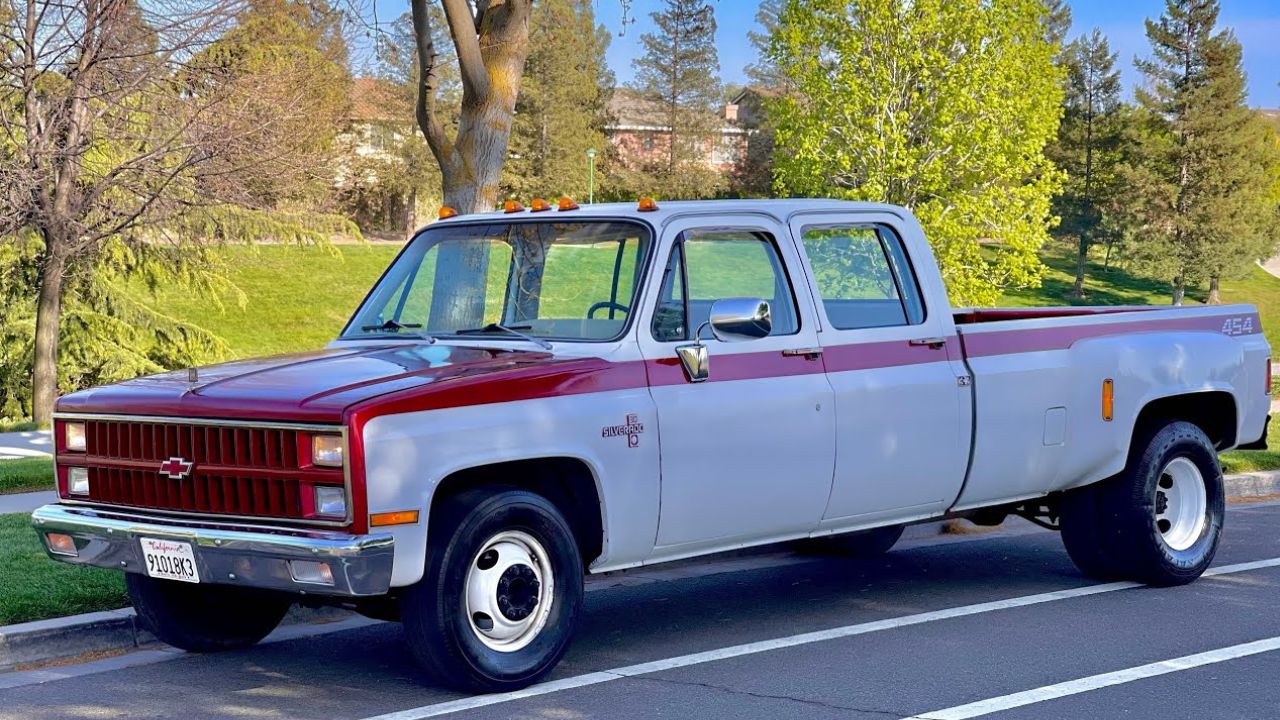
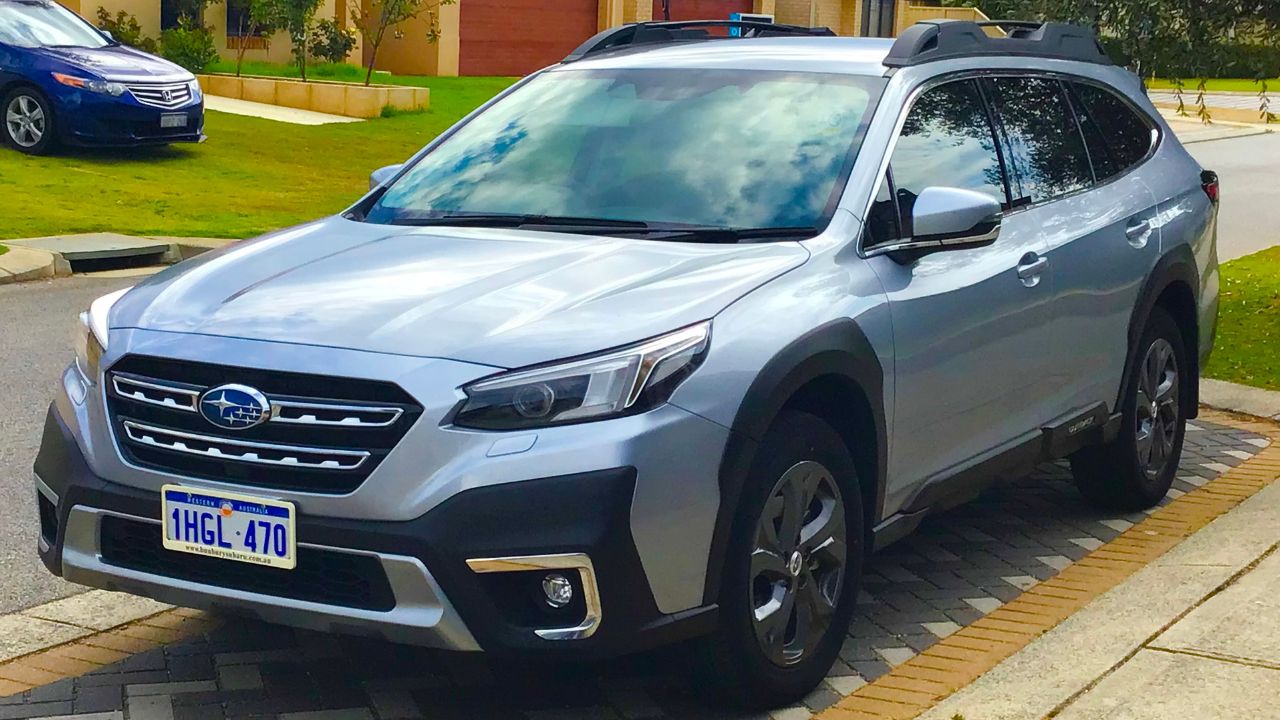

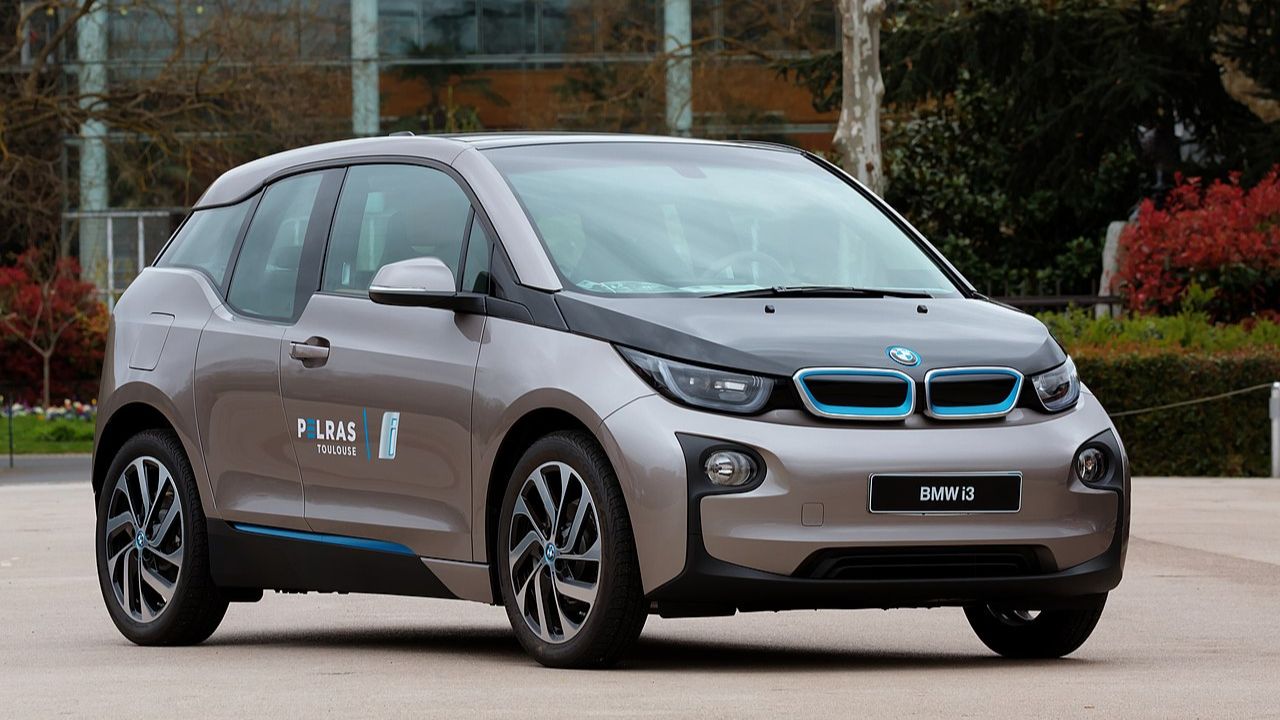
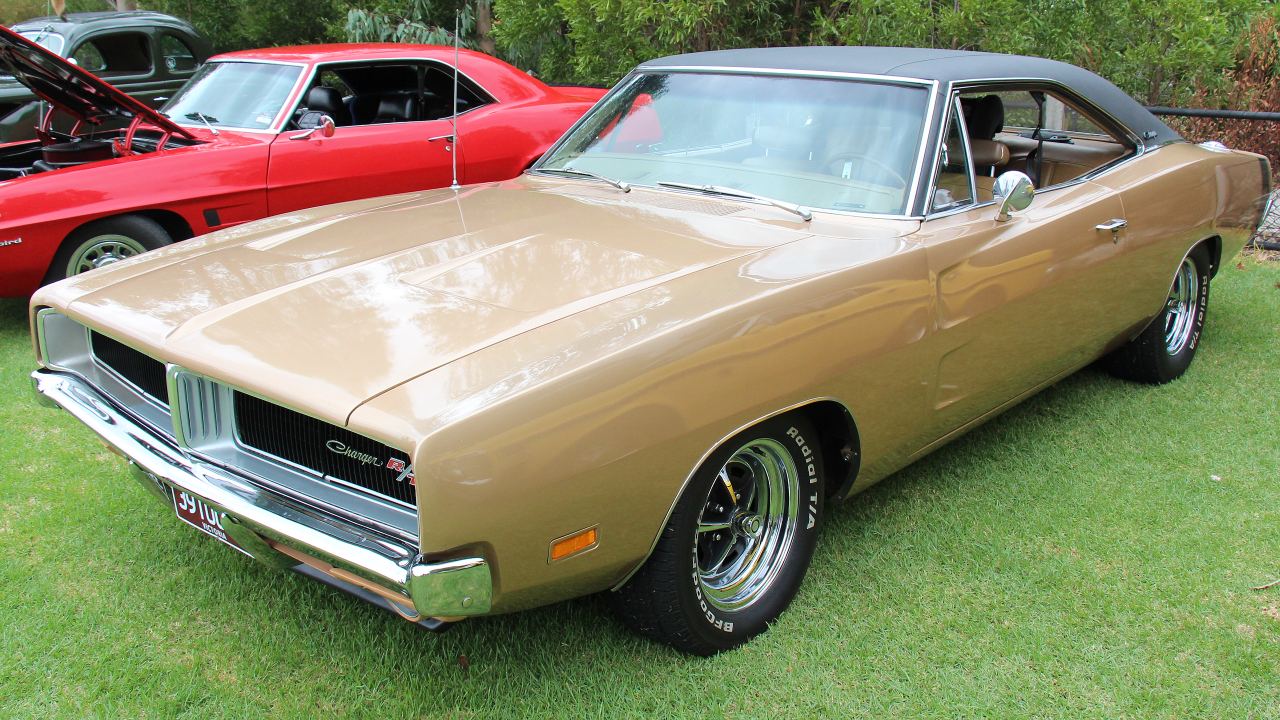
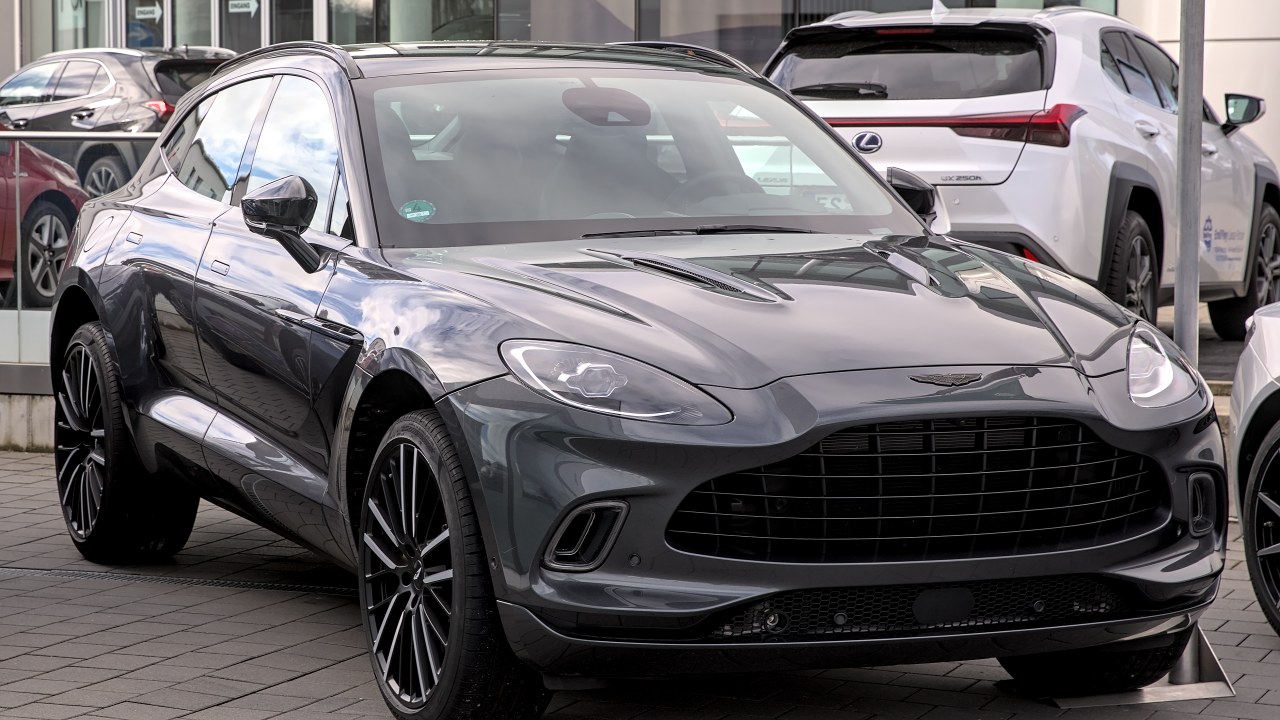
Leave a Reply